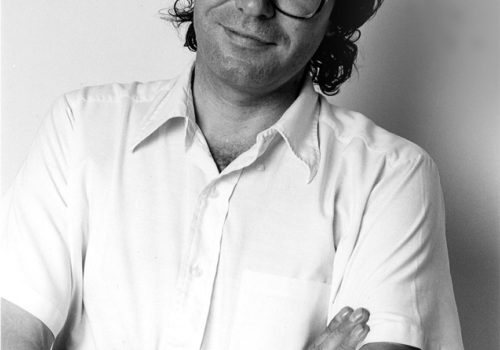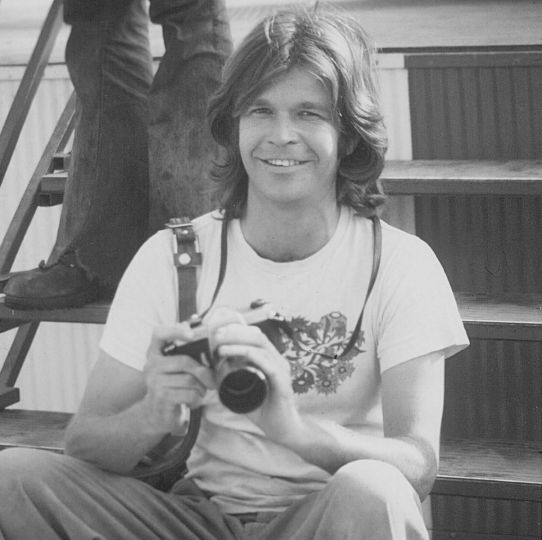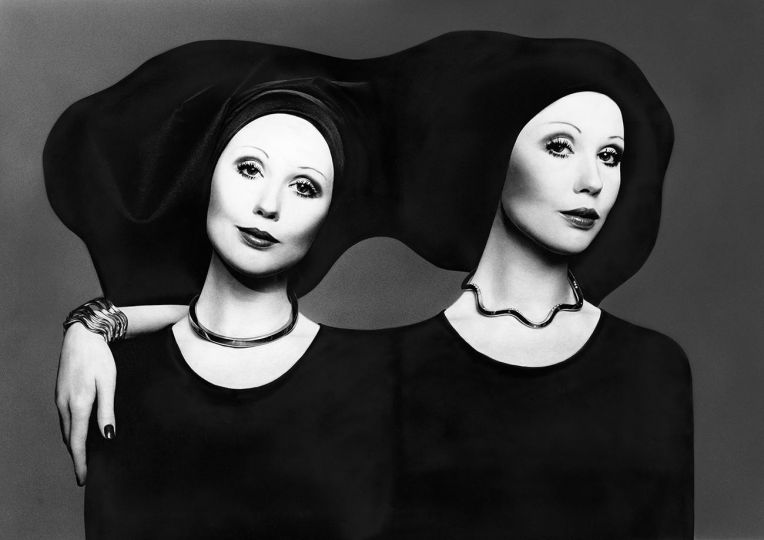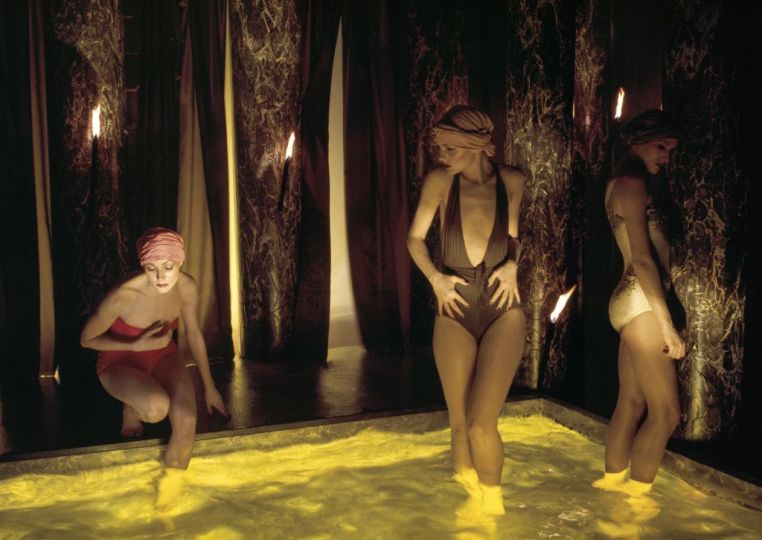His name was Eddie Kuligowski. He was one of the most astonishing photographers of the 70s and 80s. He had been one of the four photographers with Bernard Descamps, Bernard Plossu and Bruno Requillart to be exhibited by Jean-Claude Lemagny at the Bibliotheque Nationale in 1975. The following year, he won the Niepce Prize. Thanks to his son Nicolas and Bernard Descamps who gave us these images and this text!
Eddie Kuligowski (1946 – 2021) born in Montargis to parents of Polish origin. Child of workers, he began to learn photography by taking correspondence courses and then continued his training in Paris as an assistant in an advertising photography studio (70 – 72).
In 1973, he became independent and joined the Viva agency and then VLOO. His creative black and white photographs were published in renowned photography magazines (Camera International, Zoom…).
In 1975, he presented his first suites at the National Library in the exhibition “Bruno, Descamps, Kuligowski, Plossu”. Curator: Jean-Claude Lemagny.
Eddie Kuligowski received the Niepce Prize in 1976
His works are in the public collections of the National Library and the Center Pompidou. At the Nièpce Museum, the Réatu Museum, the Cantini Museum, the Artothèque de l’Agora d´Evry as well as in private collections.
In the years 1980-1990, Eddie Kuligowski made fashion and advertising photographs, published in magazines such as Harper’s Bazaar, Joyce Magazine.
The first part of his career, the best known, is influenced by Russian constructivism. The purity of his compositions, his minimalism and his rigor marked his generation. There are two books on this period: Transmigration (Eddie Kuligowski Éditions Mise au Poing. Fontainebleau, 1977) and Eddie Kuligowski (Text and photographs Collection Premier. Editions Marval – Trois cailloux, Paris, 1992.)
From 1990 to the end of his life he devoted himself to an intimate photography made up of photographic suites, sort of small series of photographs on an everyday event. Strongly inspired by Zen spirituality, Eddie Kuligowski formed small series of photographs which, in combination, recreate the living dynamics of reality. The real, which cannot be reduced to an image, appears evoked by facets that we can assemble without constituting a definitive reality.
Nicolas Kuligowski
















